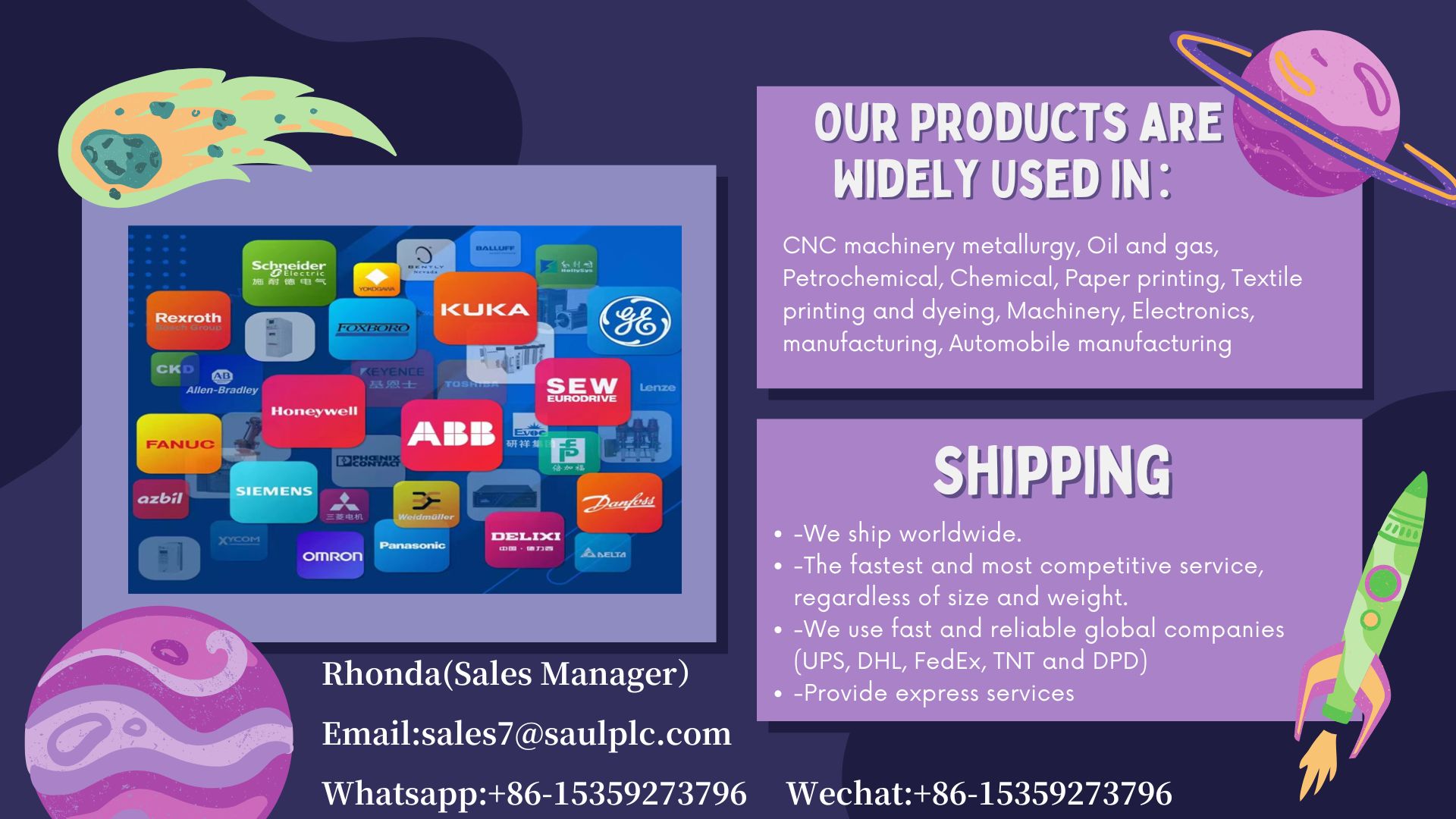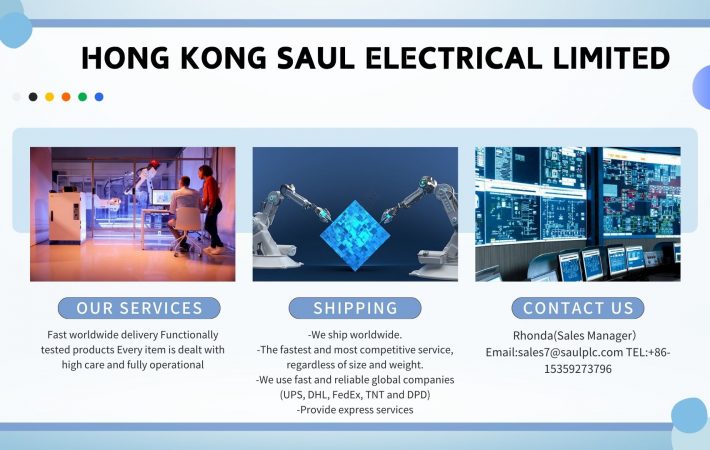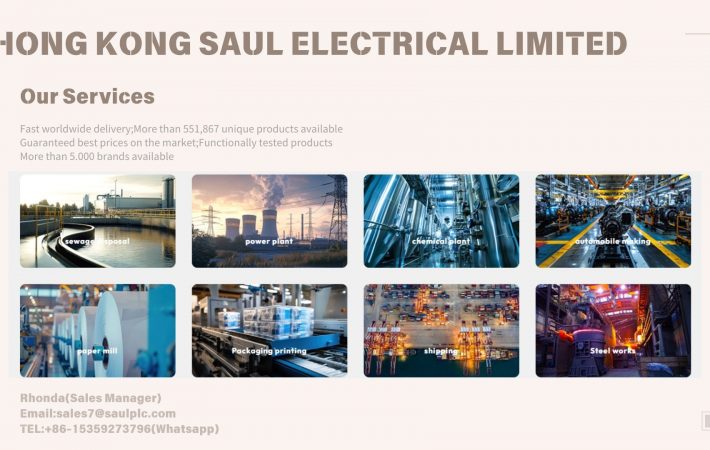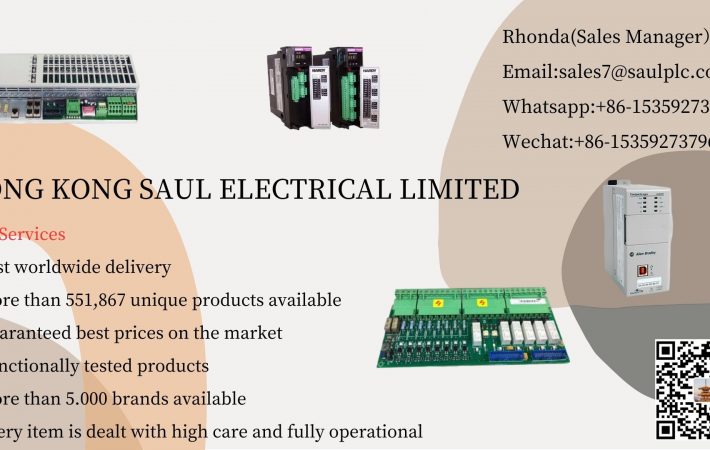Bus Temperature Controller in Photovoltaic Laminating Machine
The “14th Five-Year Plan” in China emphasizes the advancement of energy revolution, aiming to build a clean, low-carbon, safe, and efficient energy system, while enhancing the energy supply security capacity. The plan accelerates the development of non-fossil energy sources, advocating both centralized and decentralized energy generation, and promotes the growth of clean energy bases, including wind power and photovoltaic (PV) power generation.
Photovoltaics have become the main force in the new energy system. Photovoltaic technology utilizes the photovoltaic effect at semiconductor interfaces to directly convert light energy into electrical energy. It primarily consists of three components: solar panels (modules), controllers, and inverters.
Process Flow of Solar Panel (Module) Manufacturing:
Laminating is a critical step in the production of solar panels. The pre-laid solar cells are placed in the laminating machine, where the air inside the components is evacuated through vacuum suction. The Siemens CPU host, using the Profinet-RT bus protocol, connects the AU7 697H-0RH22-PNT+SM633H-1RF22-P combination to read the thermistor values. The PID parameters then control the even heating of the laminating machine’s heating plate, causing the EVA (Ethylene-Vinyl Acetate) to melt and bond the solar cells, glass, and backsheet together. Finally, the AU7 697H-0RH22-PNT+SM633H-1RF22-P combination cools the components and removes the finished module.
The AU7 temperature control coupler is highly expandable, supporting up to seven modules. The coupler features 16 built-in PID control loops and can handle up to 40 temperature control channels. It includes 16 digital output channels and 16 thermistor/thermocouple input channels, integrating 40 intelligent fuzzy PID temperature control algorithms, powered by 24VDC.
Leading the Trend of Bus-based Intelligent Temperature Controllers
The AU7 series represents a breakthrough in traditional temperature control systems, offering programmable and highly intelligent capabilities. The high-speed bus and rapid temperature control capabilities position it at the forefront of a new era in industrial temperature management.
With its classic technology, the AU7 is reliable and stable, setting a new standard for modern temperature control solutions.






Leave a comment
Your email address will not be published. Required fields are marked *